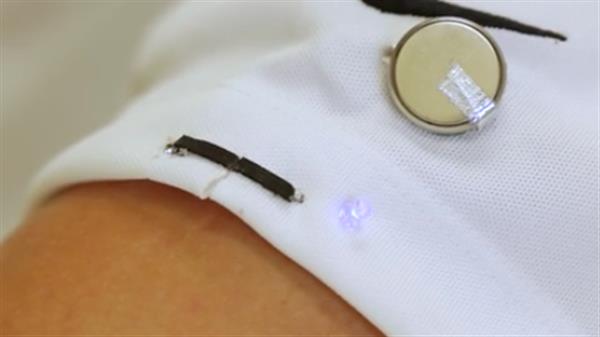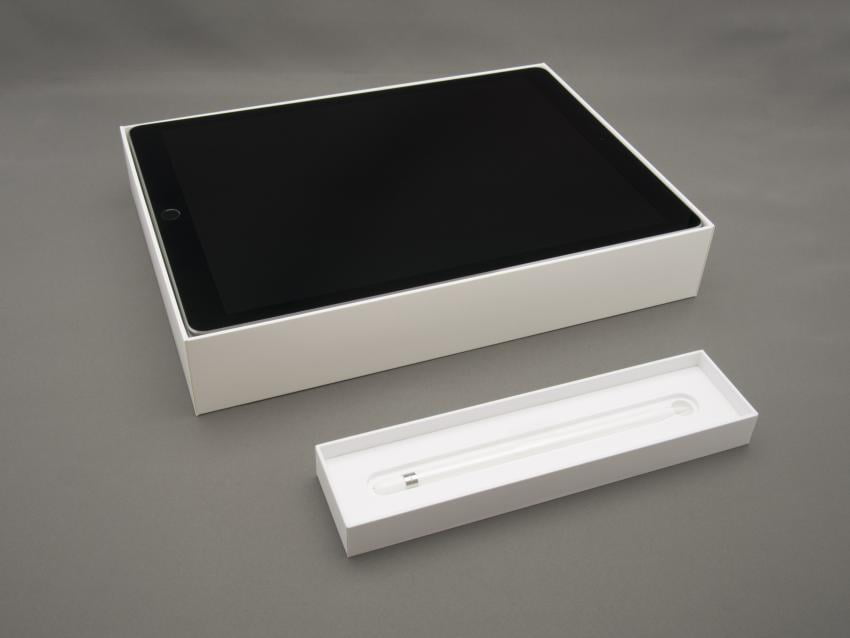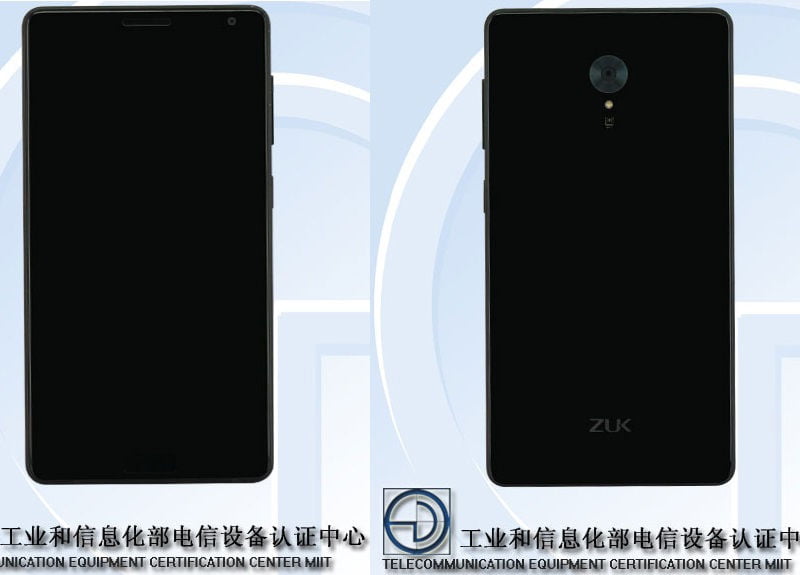
Researchers have been looking for ways to develop electronics that can last longer, and recently some have turned to developing self-healing materials to create components for electronics and batteries. These materials — often polymers — can fix tiny cracks or breaks, thus allowing for more wear-and-tear of devices over time without breaking down.
Engineers at the University of California San Diego (UCSD) have also put their heads together over this problem, taking a slightly different tack. They have developed a magnetic ink that can be used to make printed self-healing electronics, including batteries, electrochemical sensors, and wearable, textile-based electrical circuits.
“Recent research has been focused on developing stretchable printed devices that can endure deformations,” explained Amay Bandodkar, one of the researchers on the project who earned his PhD at UCSD and is now a postdoctoral researcher at Northwestern University. “However, even such stretchable devices break if strained beyond a limit. Considering these issues, we decided to develop a generic route to develop self-healing printable inks that could be synthesized in an inexpensive manner and which could be easily modulated to cater to a wide range of printed-device applications.”
Bandodkar — who worked on the project in the lab of Joseph Wang, director of the Center for Wearable Sensors and chair of the nanoengineering department at UCSD — is first author on a paperthe team published about their work in the journal, Science Advances .
The UCSD team approached their research from the angle of printed electronics, which has
| A team of engineers at the University of California San Diego has developed a magnetic ink that can be used to make self-healing batteries, electrochemical sensors, and wearable, textile-based electrical circuits, such as the one shown in this photo. (Source: University of California San Diego) |
been their focus for more than a decade, Bandodkar said. This gave them the opportunity to explore a solution with better performance than previous solutions that were more material-oriented.
“We wanted to develop an approach that will enable rapid, autonomous, environment-independent self-healing of damages even if the cracks are
in millimeter range,” he said. “Most of the previously explored systems fail to possess such self-healing properties. While
we were exploring different routes, we narrowed down on using permanent magnetic micro-particles for developing self-healing printable inks.”
These permanent magnetic neodymium alloy micro-particles impart a self-healing ability, he said. The ink also includes carbon for enabling favorable electrochemical properties and a polymeric binder that helps in binding the magnetic particles and carbon together. Other components can also be added to the ink depending on the application, he added.In experiments, the team used the ink to develop a self-healing battery, a chemical sensor, and a simple electrical circuit embedded in a T-shirt. They found that damage to these items could be repaired within about 50 milliseconds, or .05 seconds,
[Source:-Design News]





